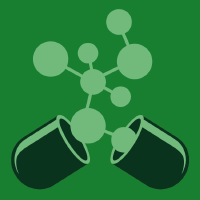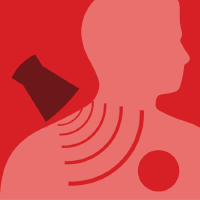Topic Menu
► Topic MenuTopic Editors

Advances in Drug Delivery Systems Using Polymeric Nanocarriers
Topic Information
Dear Colleagues,
Nanotechnology has revolutionized the way we treat and diagnose several diseases, particularly cancer. Among the many types of nanoscale drug delivery systems, polymeric nanocarriers remain the most versatile. They can be applied in multiple formats such as nanospheres, micelles, prodrug conjugates, and nanogels, and may be customized to deliver a variety of therapeutic agents including small drug molecules and biologics. Furthermore, they can be tailored to impart spatiotemporal control over drug release according to the desired therapeutic goal. Despite the long history of drug delivery research using polymeric nanocarriers, pertinent issues such as the clinical translation of in vitro and animal studies and the scale-up of nanoparticle formulations are just a few challenges that need to be overcome for these highly promising therapeutics to reach the market.
We are pleased to invite you to contribute to this Special Issue, which aims to highlight the latest advances in polymer-based nanoscale drug delivery systems, with particular emphasis on innovative approaches that address the challenges of clinical translation and scalability of polymeric nanocarriers. In this Special Issue, original research articles and reviews are welcome. Research areas may include (but are not limited to) the following:
- Polymeric nanocarriers for cancer targeting
- Polymeric nanocarriers for immunomodulation and vaccine formulations
- Polymeric nanocarriers for inflammatory disorders
- Scalable fabrication techniques for polymeric nanocarriers
- Green synthesis of polymers and polymeric nanocarriers
We look forward to receiving your contributions.
Dr. Suhair Sunoqrot
Dr. Sara A. Abdel Gaber
Topic Editors
Keywords
- polymeric nanoparticles
- micelles
- nanogels
- polymer-drug conjugates
- cancer
- vaccine formulations
- immunomodulation
- inflammation
- scalable manufacturing of nanoparticles
- targeted drug delivery
Participating Journals
| Journal Name | Impact Factor | CiteScore | Launched Year | First Decision (median) | APC |
|---|---|---|---|---|---|

Biomedicines
|
4.7 | 3.7 | 2013 | 15.4 Days | CHF 2600 |

Cancers
|
5.2 | 7.4 | 2009 | 17.9 Days | CHF 2900 |

Future Pharmacology
|
- | - | 2021 | 20.5 Days | CHF 1000 |

Journal of Clinical Medicine
|
3.9 | 5.4 | 2012 | 17.9 Days | CHF 2600 |

Journal of Nanotheranostics
|
- | - | 2020 | 26.8 Days | CHF 1000 |

Pharmaceutics
|
5.4 | 6.9 | 2009 | 14.2 Days | CHF 2900 |

MDPI Topics is cooperating with Preprints.org and has built a direct connection between MDPI journals and Preprints.org. Authors are encouraged to enjoy the benefits by posting a preprint at Preprints.org prior to publication:
- Immediately share your ideas ahead of publication and establish your research priority;
- Protect your idea from being stolen with this time-stamped preprint article;
- Enhance the exposure and impact of your research;
- Receive feedback from your peers in advance;
- Have it indexed in Web of Science (Preprint Citation Index), Google Scholar, Crossref, SHARE, PrePubMed, Scilit and Europe PMC.

